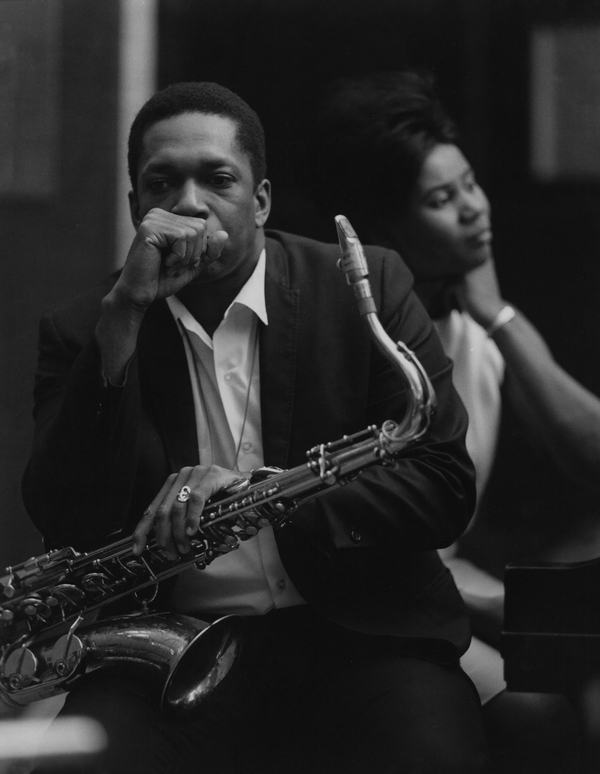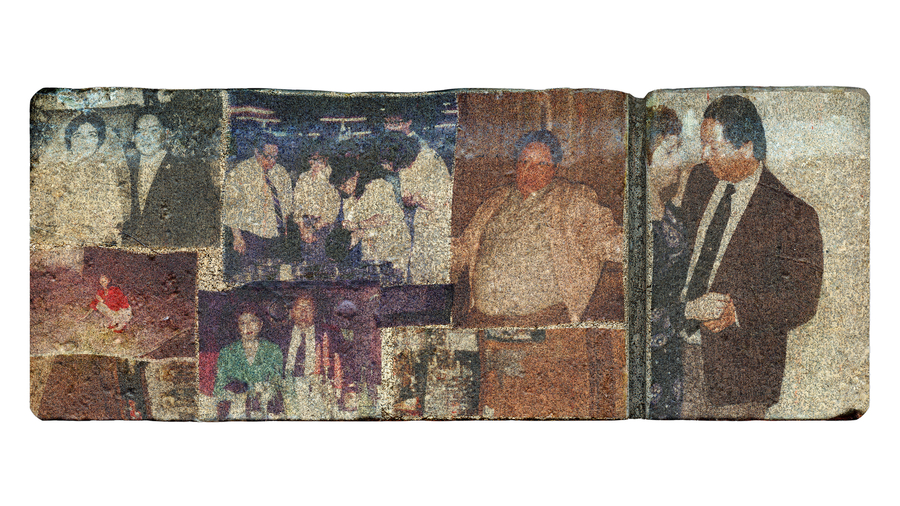 2025 Theplubm Fragile Residue Ernesto Cabral De Luna Stucco Wall029 Sml
2025 Theplubm Fragile Residue Ernesto Cabral De Luna Stucco Wall029 SmlFragile Residue presents the work of Ernesto Cabral de Luna, Delali Cofie, and Amara King. Within photographic practices often taking a non-traditional approach, these artists’ utilization of various media and visual devices—and their invocation of archives, both literal and figurative—speaks to the instability of memory, the power of disrupting the historical record, and the mercurial nature of the concept of “home.” In the following text, curator Dainesha Nugent-Palache poetically explores the themes woven throughout these artists’ works, her curatorial influences, and her fluid approach to the exhibition.
Fragile residue is crop residue that breaks down easily and is effortlessly buried by tillage, like a memory or a photograph forgotten in an album, waiting to be unearthed decades later by an interrogative seed, sprouting successive significance. Fragile residue is more likely to be blown away, involuntarily thrusted by winds of authority onto far-off, inhospitable soils.
Whether overtly or unintentionally, the archive exists as a pulse to every photographic practice—each photograph produced becomes ordained into a larger register of images. For many of us, our first encounters with visual archives come in the form of family albums. I credit the many hours of my childhood spent perusing images taken well before I was even conceived of for sparking my initial interest in photography, and my subsequent stylistic influences. Speaking with other photographers, it became apparent that this juvenile preoccupation wasn’t at all idiosyncratic, that we each found a peculiar, shared imperative within this ritual, to contribute to what we had been surveying. I also recognize the privileges associated with the ability to access an archive, to locate yourself within it, and the power that may be reclaimed through self-insertion.
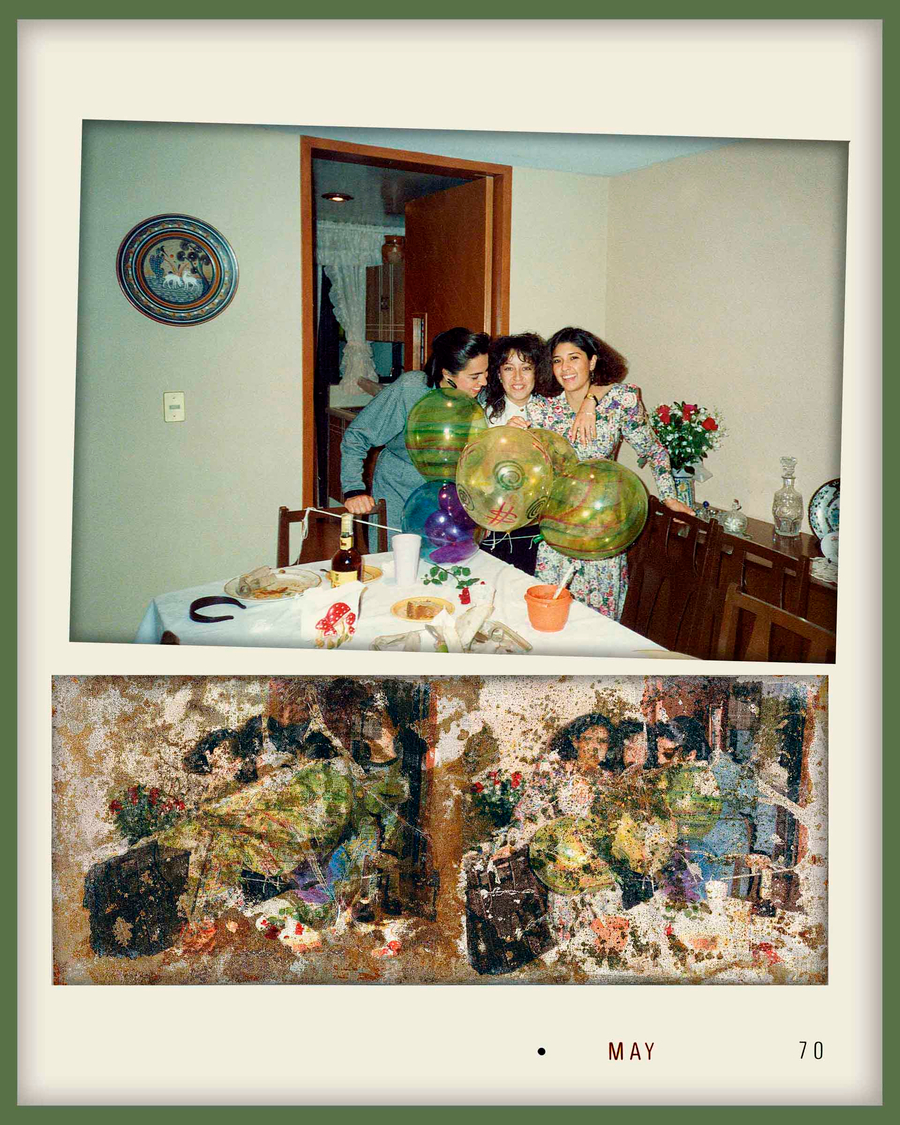 2025 Theplumb Fragile Residue Ernesto Cabral De Luna Los Globos Y Las Flores
2025 Theplumb Fragile Residue Ernesto Cabral De Luna Los Globos Y Las FloresFragile Residue brings together the work of three emerging Toronto-based visual artists––Ernesto Cabral de Luna, Delali Cofie, and Amara King—each working primarily in photography and possessing a strong sense of materiality. Within their respective practices, these artists often employ a non-traditional approach to photography, leading to their arrival at work that pushes the definitions of the genre. Using visual and photographic devices such as abstraction, distortion, blur, and deterioration articulates the disembodiment and decay of memory and sentiments of home, while simultaneously rejecting clarity and exactness.
Due to the delicate and personal nature of the imagery and subject matter in this exhibition, each of the artists was given the creative freedom to produce new work or to expand upon previously developed work without any curatorial restraints nor the expectation of presenting “legible” narratives. My curatorial strategy was to lead with trust while remaining available for dialogue and relation, being okay with not knowing what the work would become, and allowing the opaque and the unseen to extend beyond theoretical scaffolding, and put into praxis.
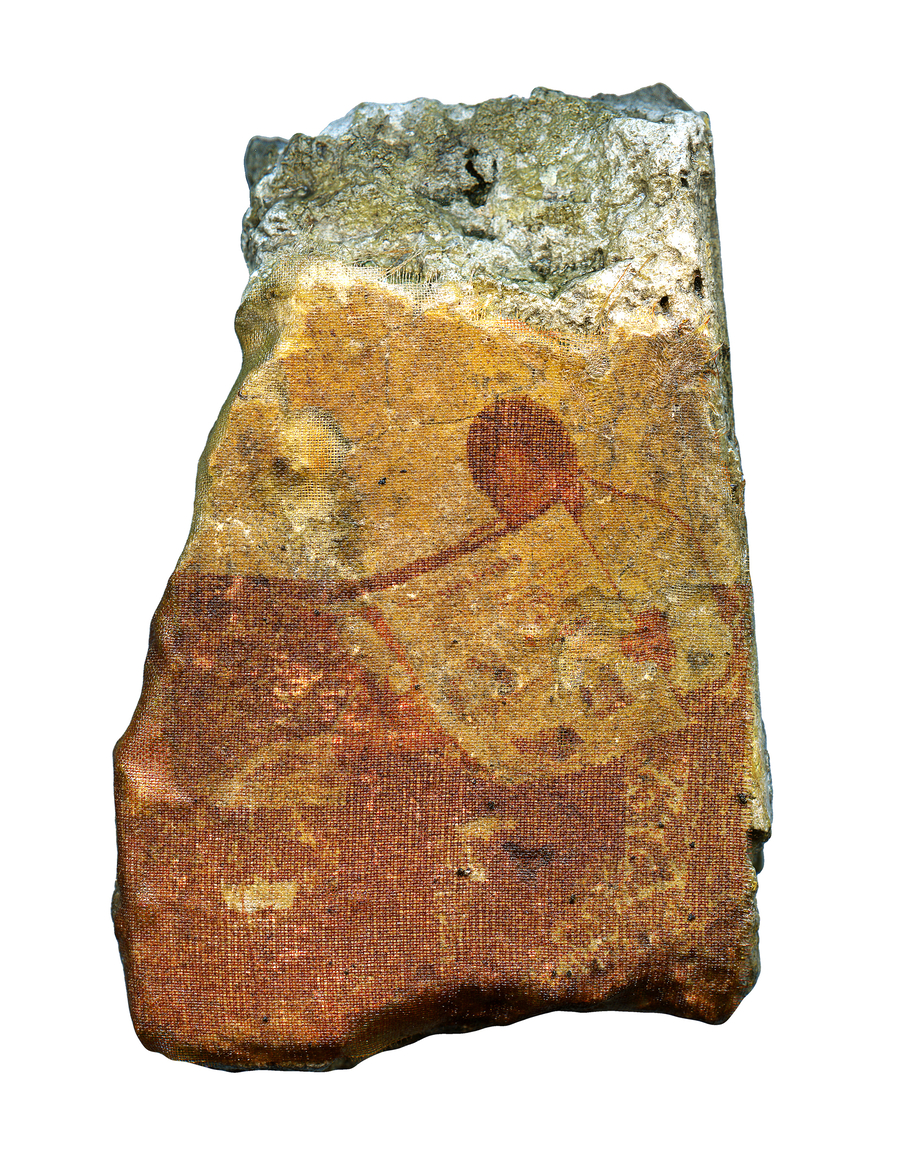 2025 Theplumb Fragile Residue Ernesto Cabral De Luna Stucco Wall023 Smlza
2025 Theplumb Fragile Residue Ernesto Cabral De Luna Stucco Wall023 SmlzaWhile developing the curatorial direction for this exhibition, I was struck by the concept of “tropical abstraction.” The term rang through my mind in a manner suggesting it must already be possessed by a clear definition that would yield dozens of internet search results prompting me to log into the academic database JSTOR. All I found was the title of a group show at Stedelijk Museum Amsterdam in 2005, curated by Roos Gortzak. That exhibition featured artists from Latin America and sought to deconstruct “platitudes and historical narratives about the tropics.” Even if the artworks themselves accomplished this, the curator’s being a Dutch woman with no connection to the exhibition’s criteria made it feel like another ethnographic exercise to me––precisely what I had hoped an existing definition would interrogate.
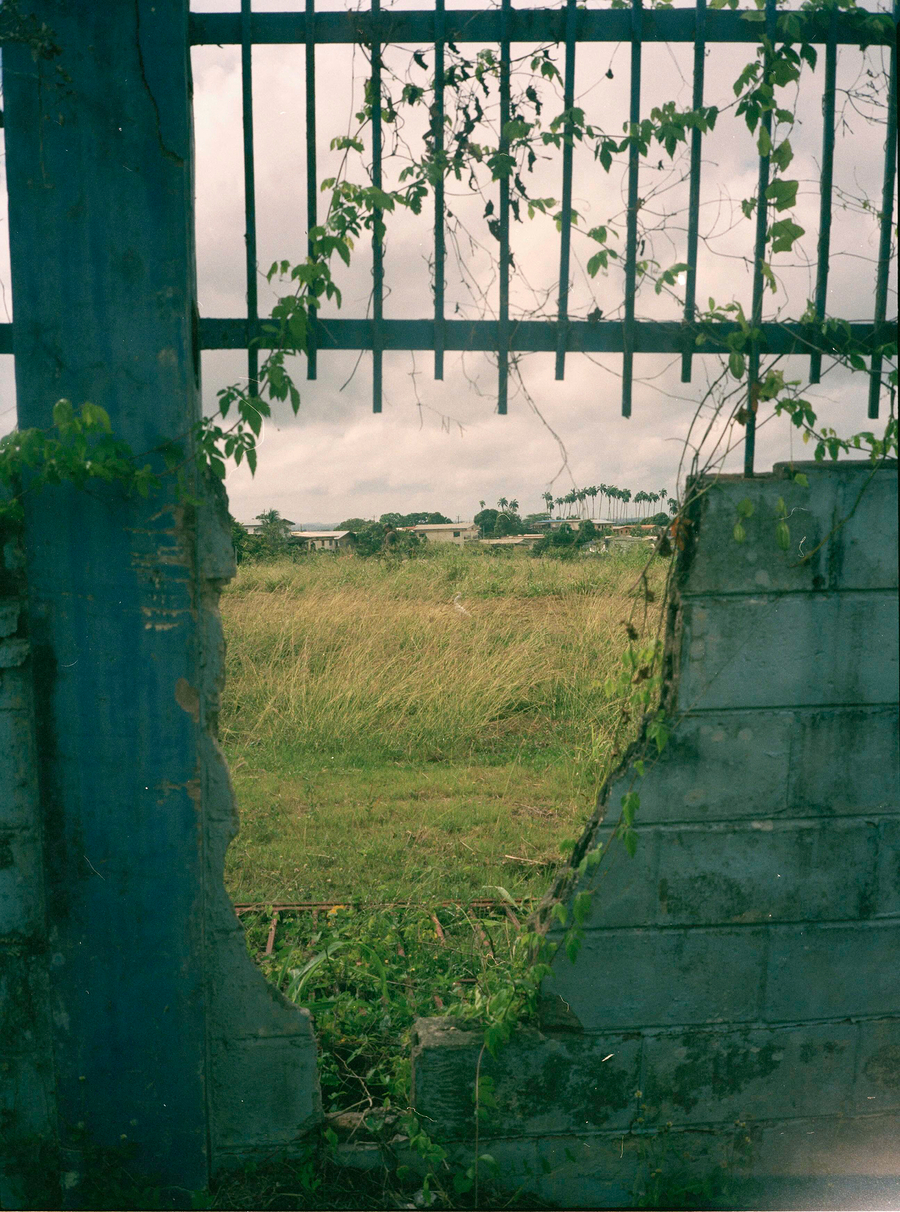 2025 Theplumb Fragile Residue Amara King Broken
2025 Theplumb Fragile Residue Amara King BrokenArtists from cultures with colonized and diasporic histories are too often burdened with the obligation to explain themselves within the terms of dominant frameworks, rooted in “hyperreality”and subject to unwarranted reinterpretation. Everything must tend toward transparency and exposure, ready to be consumed and decoded. All three artists in Fragile Residue happen to be connected to places much farther south than Canada, places where palm trees have no issue growing, and outsiders get off on exoticizing.
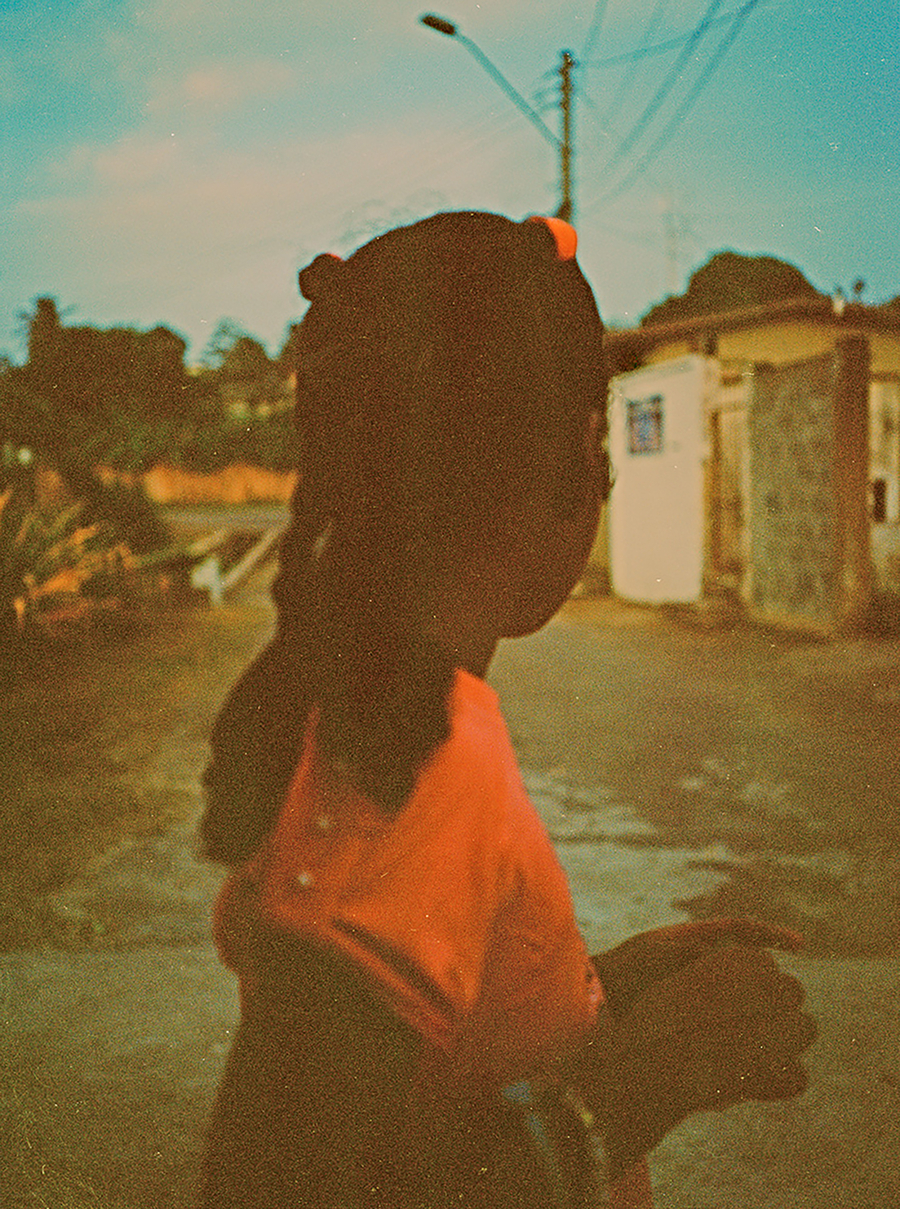 2025 Theplumb Fragile Residue Amara King Hope
2025 Theplumb Fragile Residue Amara King Hope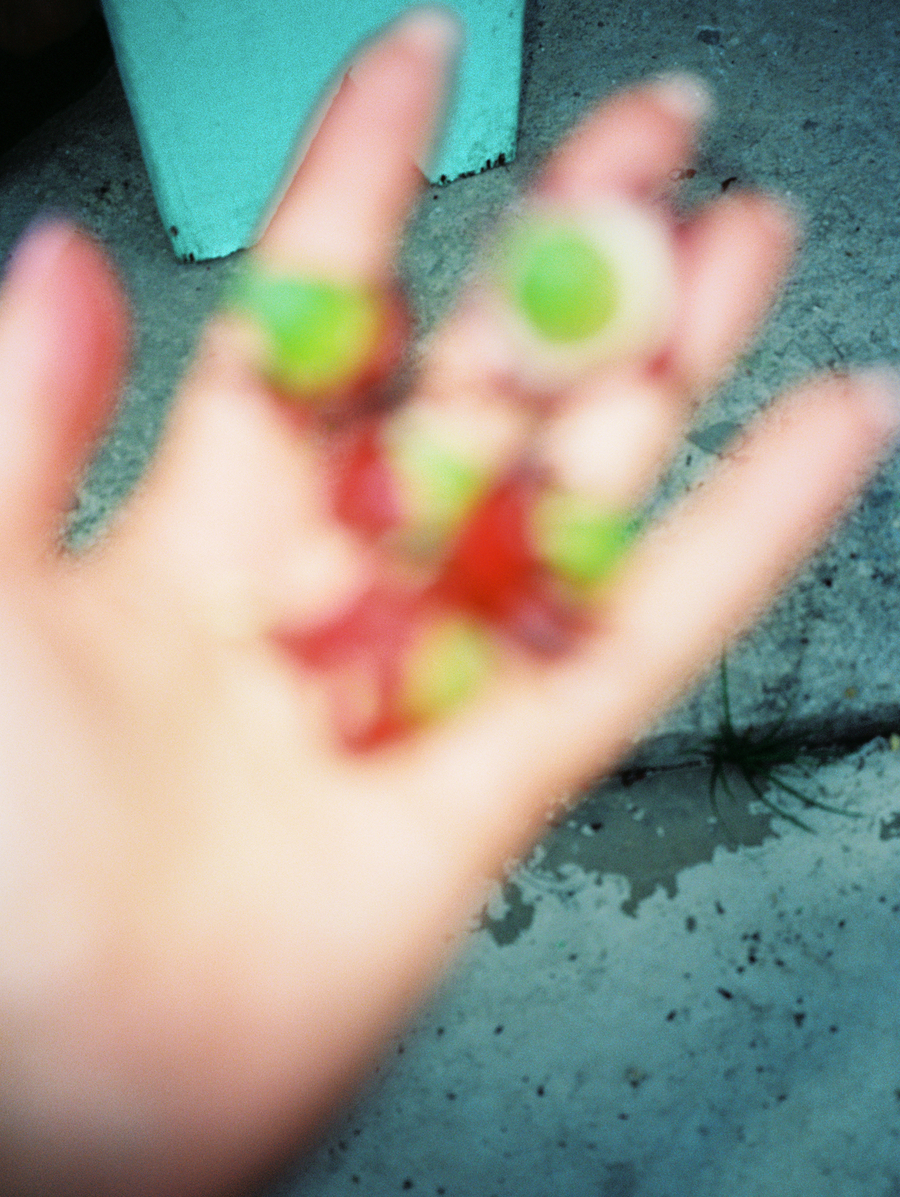 2025 Theplumb Fragile Residue Amara King Pblurryhand
2025 Theplumb Fragile Residue Amara King PblurryhandAs we traverse into a brave new world, legibility is worn like a target. The “right to opacity” protects, conceals, and resists. Distorted and pixelated photographs become radical stances—disappearances within the visible. Opacity is a refusal to be fully known or categorized, a preservation of agency and self-determination, just as Glissant envisioned.
…
Images of home
materials from home
materials that conjure
memories
of home
memory
as
material
You can’t capture
memories in full focus
The retelling of a story is never immune to accidental fate
of becoming a lie
If you weren’t there and neither was I did the tree really fall?
Is the cat still in the box?
Rust/dust/pixels/the smallest units of information/specks
the whole picture encoded with meaning
the weight of time
&
A right to opacity
the power provided by a protective cloak that becomes crystalline when gazed upon by a particularly receptive set of eyes
=
The freedom to create without being bound to preconceived expectations determined by forces outside of oneself
Presented by the plumb
Curated by Dainesha Nugent-Palache
